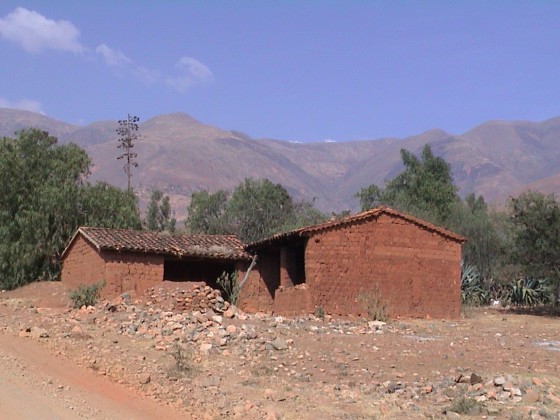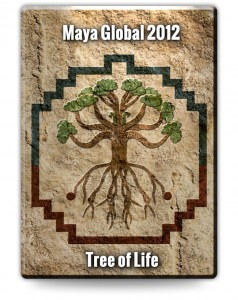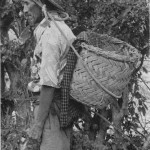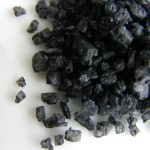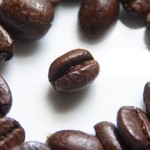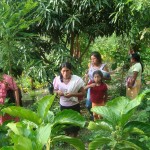The Beginning of Maya Global 2012
To my knowledge, the concept of a project like Maya Global 2012 did not exist at any level until late 2006. I, Jeff Remmel, traveled to the border of Honduras and Guatemala in 2006 with my wife and two adult sons to visit Copan Ruinas and their Maya Ruins. The ruins are known as the Paris of the ancient Maya civilization. I thought I had seen rural poverty in the U.S. and other parts around the world, but what we saw over and over again during our drive from the coast to Copan had a unique and lasting impact on me. The trip has had the same impact on my family, and the impact that it has had is a big reason behind my efforts over the last six years. To say the least, there was not much talking during most of the three-hour drive from the coast of Copan. There was however a lot of observation, which fueled our discussions that came later during the trip and for many months to follow. This was the start of my journey and the development of what would become Maya Global 2012.
Upon arriving in Copan, we checked into the Hacienda San Lucas, where I had made earlier reservations. The Hacienda, which is owned and operated by Flavia Cueva, is a several hundred-year-old estate that has been in her family since its construction. Flavia has become a very dear friend of mine, and a collaborator on our Maya endeavor (even before I knew I had an endeavor as such. Thank you, Flavia). Flavia suggested we should visit and learn about the Maya and the Copan ruins from a gentleman by the name of David Sedat. David is a renowned Maya archaeologist who has lead and directed over 18 years of digs with the University of Pennsylvania in Copan. David was born in Guatemala, and save for his college years, has spent most of his life in Honduras and Guatemala. David and his wife Julia Sandoval de Sedat, along with Lorenzo and Emilia Gottschamer from Antiqua, Guatemala, quickly became very dear friends to my family. They are responsible for much of my research and understanding of the plight of the Maya in rural regions.
My family and I witnessed severe poverty and environmental degradation everywhere we traveled. It was this first trip that really opened my family’s eyes, and is to this day responsible for how we look at the plight of others around the world. This sort of poverty does not have to be present in the 21st century, and the fact that it is so prevalent makes my wife, sons and me very angry. We will not give up on the Mayans and other struggling regions in the years to come. The Maya were and are a proud people that had, prior to the arrival of Europeans, created and sustained one of the most advanced civilizations known to man. When my family and I asked why are there was so much environmental degradation and rural poverty, we were invited to see what David and Julia Sedat had been working on for the last five years.
David and Julia have established an agro-forestry method where they can rejuvenate and rebuild the steep, severely deforested and soil-deprived mountainsides. David and Julia wanted to reverse the results of many, many decades of destruction of their beautiful rain forests due to slash and burn deforestation. The Mayans have no choice but to slash and burn as long as this is their only subsistence from starvation and malnutrition. In 2003 David and Julia established the seven-hectare Experimental Research Station in Copan, Honduras. Their goal has been to demonstrate an ability to regenerate the land and create “A New Useful Forest.”
In Chapters 2 and 3, we will share with you the exciting details of their progress over the last 12 years. You will learn about a multitude of products that Sedat and the Maya are will be producing for sale at our future global market. We will also show how the ever-expanding “New Useful Forest” and other agro-forestry methods have been shared with the Ch’orti Maya and other Mayans so that they can have a sustainable future as a part of Maya Global 2012.
